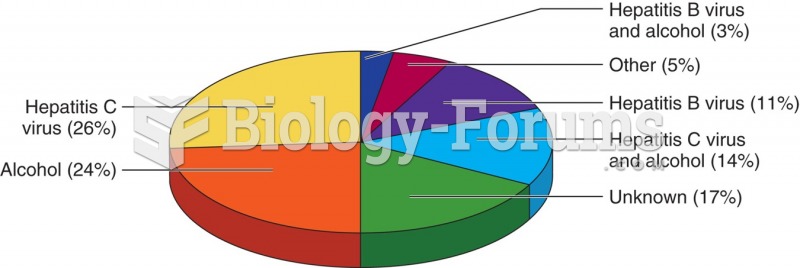Answer to Question 1
Correct Answer: 1,2
Rationale 1: Pill rolling is a common behavior in progressive Parkinson disease in which the client rubs the thumb and forefinger together in a circular motion resembling the motion of rolling a tablet between two fingers.
Rationale 2: The hands develop a palsy-like continuous motion or shaking when at rest.
Rationale 3: A stooped posture would not influence the client's ability to control hand movements.
Rationale 4: A lack of arm swing does not influence the client's ability to control hand movements.
Rationale 5: Difficulty bending the arms does not influence the client's ability to control hand movements.
Global Rationale: Pill rolling is a common behavior in progressive Parkinson disease in which the client rubs the thumb and forefinger together in a circular motion resembling the motion of rolling a tablet between two fingers. The hands may also develop a palsy-like continuous motion or shaking when at rest when diagnosed with Parkinson disease. A stooped posture, a lack of arm swing, and difficulty bending the arms would not influence the client's ability to control hand movements.
Answer to Question 2
Correct Answer: 1,2,3
Rationale 1: In the middle phase of the disease, recent memory loss occurs.
Rationale 2: In the middle phase of the disease, loss of orientation to time can occur.
Rationale 3: In the middle phase of the disease, changes in personal habits and increasing difficulty with self-care can occur.
Rationale 4: Weight loss is not a characteristic of the middle phase of this disease.
Rationale 5: Inability to walk is not a characteristic of the middle phase of this disease.
Global Rationale: In the middle phase of the disease, recent memory loss occurs along with a loss of orientation to time, and changes in personal habits and increasing difficulty with self-care. Weight loss and the inability to walk are not characteristics of the middle phase of this disease.







